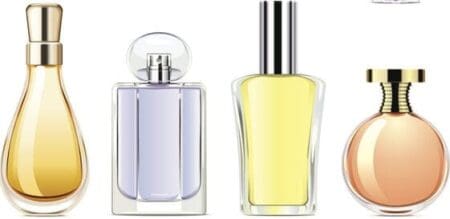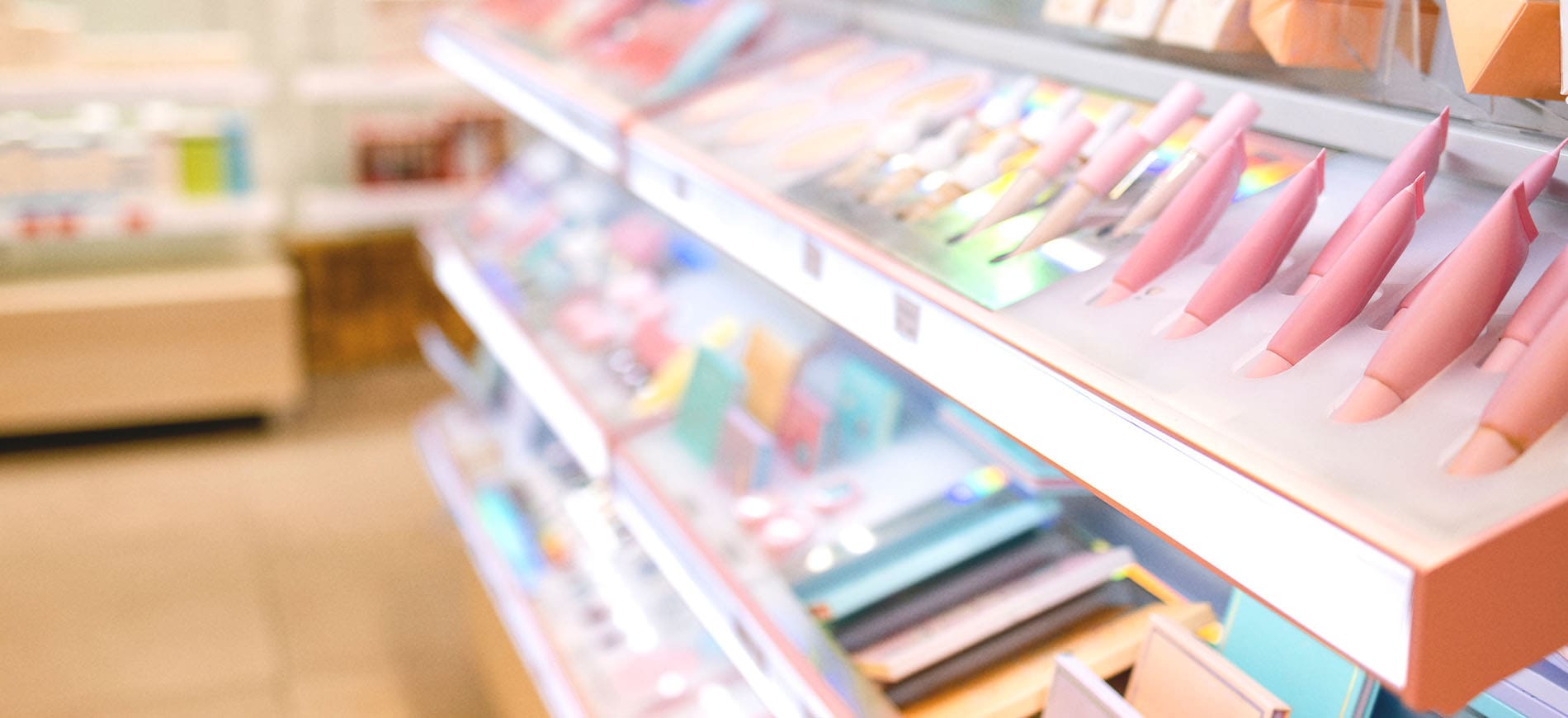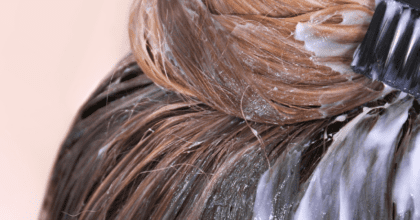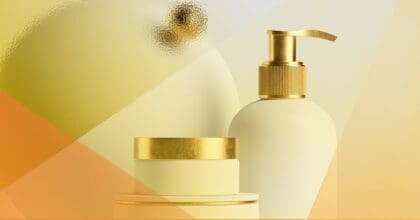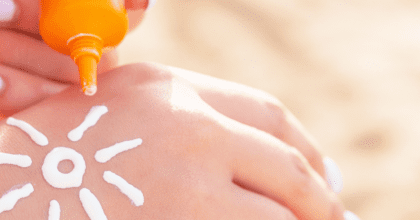The beauty and personal care industry, and more specifically the fragrance sector, is impacted by the high cost of living as consumers are trying to scale back ‘unnecessary’ spending.
What’s Been in the Air of the Fragrance Market in Recent Years?
In recent years, the fragrance market has seen a number of innovations across the globe as a response to COVID-19 and the economic climate – both of which have been dominating consumer behaviour. These innovations included the positioning of fragrance as a tool for escapism or as an extension of self -expression, and increasing the value perception of fragrance through added functions and long-lasting promises.
A lack of consumer confidence is limiting spending power, making long-lasting scents one of the driving fragrance industry trends as a result of financial concerns. Moreover, current macroeconomic difficulties have helped to position fragrances as a sensorial escape, with interest in innovative alternatives to traditional formats, for example, non-traditional textures and body sprays.
In five years and beyond, the fragrance industry will need to adapt to challenges created by global warming and the increasing consumer demand for sustainable products. A combination of science and technology will help the category tackle these challenges and thrive in the future.
Read on to learn about the industry, fragrance trends, and market opportunities for your business in more detail.
How the Cost of Living Crisis Impacts Fragrance Market Trends
In light of rising living costs, fragrances may not be among consumers’ spending priorities due to the category’s discretionary nature. Many are developing more cautious spending behaviours and are focussing on experiences rather than products.
In spite of financial concerns, brands in the scent industry have the opportunity to drive the usage of fragrance products in 2024. The promise of long-lasting results encourages consumers to experiment with new formats, for example, body sprays. Moreover, in the EMEA region, premium beauty products remain a priority and align with consumers’ spending priorities.
Use Fragrances to Improve Consumers’ Mood During the Cost of Living Crisis
Perfume trends are evolving as brands build on consumers’ association of fragrances with mood. It’s not surprising that stress relief, mood or energy boost, and mental clarity can indeed be a deciding purchase factor in the current economic climate; especially for consumers in the EMEA region. Similarly, in the US, retailers can encourage scent experimentation for a more personalised experience and drive the benefits tied to mood-boosting claims using sensorial experiences. Brands need to communicate those beneficial effects through their on-pack messaging, comprehensive online content, or through vibrant scent marketing campaigns.
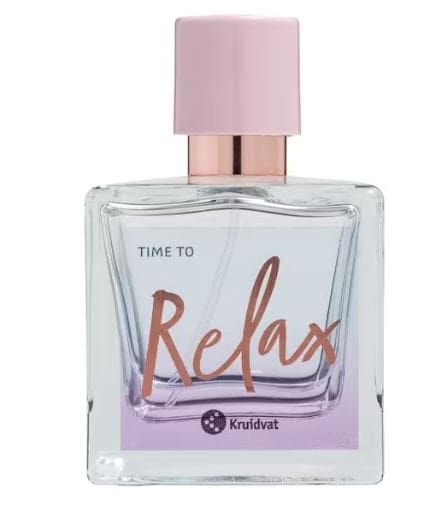
‘Time to Relax’ drives mood-enhancing innovation in the fragrance industry. Source: Time To Relax by Krudivat.
One example of MoodScience technology/feel-good ingredients is Kruidvat’s Time to Relax fragrance that advertises its usage of specific ‘feel-good’ natural ingredients, such as relaxing bergamot and calming ylang ylang.
Escape the Dreary Present Through Scent
Amidst inflation-induced anxiety, consumers will look for escapism. Due to its emotive nature, the fragrance industry is well placed to tap into escapist themes. The most common fragrance component groups are associated with escapist and imaginative themes, such as fantasy, nature, or floral.
As people spend less time travelling due to strained budgets, consumers travel through their senses, and less common scents are among emerging fragrance industry trends.
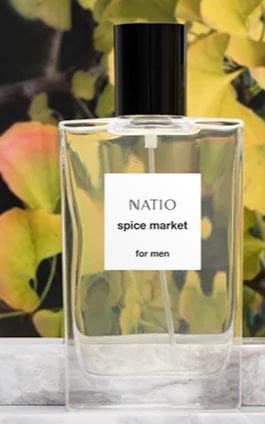
For example, Natio’s ‘spice market’ takes users along on a narrative journey based around a fragrant spice market, containing natural aromas like cardamon, basil, clove, and pepper. Source: spice market by Natio.
Emphasise Durability & Value
Durability and product value are especially important to consumers as the cost of living goes up. Because fragrances are not considered ‘essential’, consumers might need some persuasion to invest in perfumes and scents. However, value need not always be about low price. Value can also be related to long-lasting benefits and multifunctional products.
39% of US fragrance users would buy fragrance products they haven’t smelled in person if it was long-lasting. American perfume brands are linking long-lasting claims to value for money and offering their money-concious customers new ways of extending scent, e.g. by using primers – a niche trend emerging in the scent industry. Such primers, such as House of Bō’s Nourishing Parfum Primer, can be applied before the regular scented product, to enhance the durability of the scent and to add an extra, more experiential step to the perfume application ritual.
Another way for brands to prove their worth is by promoting the more potent and durable benefits of extrait de parfum. Despite its higher price tag, brands can stress how only a few drops are needed per application since pure perfume contains a high concentration of perfume oil, thus making a bottle last longer, which aligns with consumers’ value-for-money perceptions.
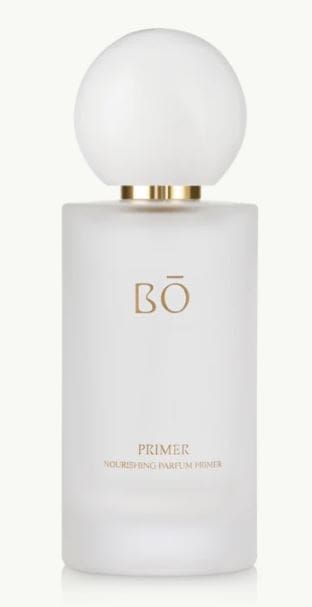
Bo is already tapping into this scent industry trend with its perfume primer. Source: Bo Nourishing Parfum Primer.
The Scented Self: Fragrance as an Extension of the Wearer’s Personality
Fragrance, while functioning as a tool to escape reality, can also be positioned as an extension of the wearer’s personality. Turning fragrance into an expression of one’s own identity can ensure repeat purchases.
When creating scents, brands can use the mood-boosting fragrance trend to formulate perfumes that match consumers’ individual personalities, or look towards the skincare industry, where different products are designed to be used on different days. Personalised offers will make products more appealing while helping consumers express their scented selves. There will be a need to modernise the gender narrative in the fragrance industry to reach a generation that challenges traditional gender roles. According to Mintel’s analysis of perfume trends, 15% of Gen Z in the UK are particularly interested in bold scents.
The Fragrance Industry & Sustainability
Global warming and its impact on the fragrance industry is bringing about new fragrance trends. There has already been a notable increase in eco-ethical claims within the sector over the past few years. This poses challenges for fragrance brands as many consumers, especially in the EMEA region, perceive fragrances as less eco-friendly than other BPC categories.
To counteract that, brands must be more transparent about their sustainability claims and communicate more openly, as despite more eco-friendly claims, consumers’ remain sceptical. In addition to transparent communication, brands can:
- Innovate around fragrances and sustainability.
- Tap into consumer interest around how fragrances are made and the ingredients used.
- Make sustainability the norm and integrate it into the entire product proposition, beyond just packaging, for example, by focusing on local ingredient sourcing.
While on-pack space may be limited on fragrance bottles, and a minimalist design often prevails in the category, there are still opportunities for brands to cater to consumers, who are most likely to check packaging for ethical claims. One way to best present eco-ethical information on-pack, despite limited space, is through QR codes that take consumers to informative online content, e.g. ingredient sourcing, the production journey.
Celebrity ambassadors are another way to help raise the eco profile of brands. The Prada Paradoxe Eau de Parfum advert features actress Emma Watson, promoting the refillable merits of their product. The refillable spray bottle has been designed to limit its weight and use of glass, ensuring a more sustainable impact.

Source: Prada Advert featuring Emma Watson.
Fragrance Market Opportunities: How to Bottle Innovation
Unlock New Possibilities with Innovative Textures
Fragrance industry trends show that young women in Asian countries, such as China, show interest in BPC products with innovative textures and prefer them over established perfume sprays.
Currently, the scent industry is dominated by sprays, mists, and spritzers with 65% of launches following these traditional formats. During an income squeeze when most consumers are very careful about how they spend their money, brands should rethink formats to allow for fragrance discovery without commitment and create accessible luxury for those on lower budgets using creative entry-level formats and elevated experiences, such as hair perfumes, accessories, or scented body products.
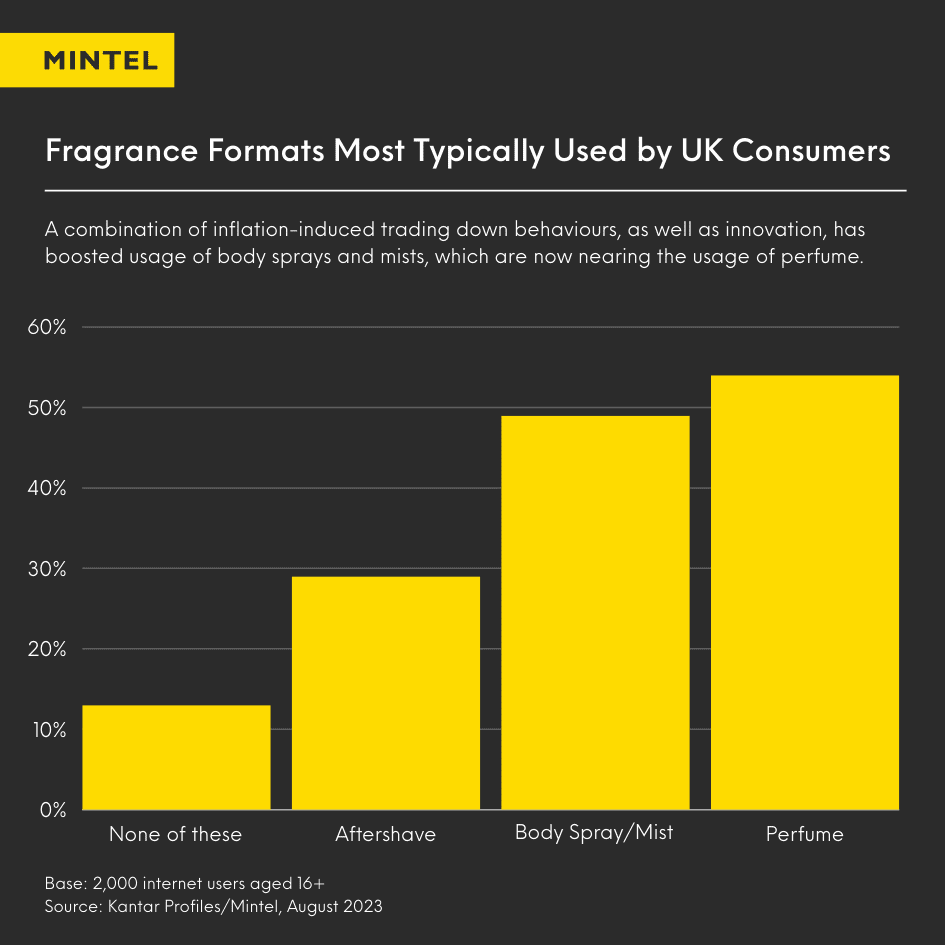
Lead Innovation with Secondary Elements & Multifunctionality
While lower-income households, and specifically consumers in APAC, are interested in innovative formats, one of the most sought after fragrance trends in the American market are additional functions that can help premiumise certain products over others.
Premium products can stand out through secondary elements, such as skincare, and help elevate the perception of brands. Multifunctional fragrance products can be advertised by brands, promoting several benefits in one product:
- Two-in-one concepts are cost-saving during the cost of living crisis and increase a product’s value, thus benefiting consumers with strained budgets.
- Multifunctional formulas that blur fragrance with skincare or makeup are convenient for users by eliminating extra steps.
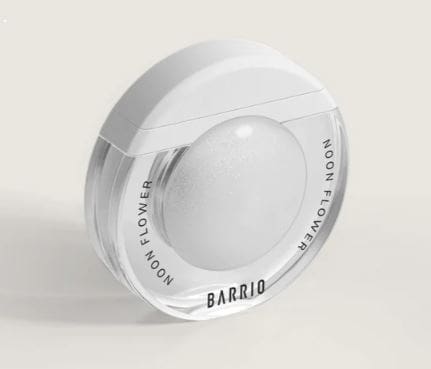
Source: Balsam Noon Flower Fragrance (Barrio White Dream series), is a solid scent and functions as fragrance and highlighter in one.
Brands can build on the self-care benefits of scent and look beyond aromatherapy claims by blurring their products with skincare, such as including soothing skincare ingredients or promoting suitability for use on the body/linen/rooms to help create a more peaceful home environment.
Emerging Fragrance Trends 2024: Virtual Reality
Going forward, the fragrance industry can collaborate with other industries and create new multisensory perfume experiences. For example, by taking inspiration from the travel sector, which uses virtual reality to immerse potential tourists in a remote location from the comfort of their homes. Moreover, blending physical and online retailing will create the crucial omnichannel experience to tap into opportunities like #PerfumeTok.
Similarly, fragrance brands can virtually transport consumers to the places of origin of the ingredients they use. For example, Dior created a virtual experience for their customers – the Immersive Journey- in which users can tour its fragrance house under a chosen avatar. More such opportunities for consumers to escape their daily lives – through scent coupled with VR – and learn about brand stories will become available through the advancement of the metaverse and VR technology.
Prepare for Future Fragrance Industry Trends with Mintel
Moving forward, consumers demand value for money, efficiency, and innovation that helps ensure the latter, while also bringing something new to the table – or the bottle.
A shift towards personalisation, sustainability, and the integration of cultural elements into fragrance products are the dominating fragrance trends in 2024, and brands that embrace these are likely to succeed in the evolving fragrance market.
With Mintel’s leading independent market and consumer research, you can focus your strategies to align with the fragrance market trends outlined above, both in the UK and globally.
Mintel’s Most Innovative Beauty & Personal Care
Mintel is constantly tracking innovation, identifying trends and gaining insights. To learn more about the latest product innovations in the beauty & personal care industry, download Mintel’s Most Innovative 2024 report today.














